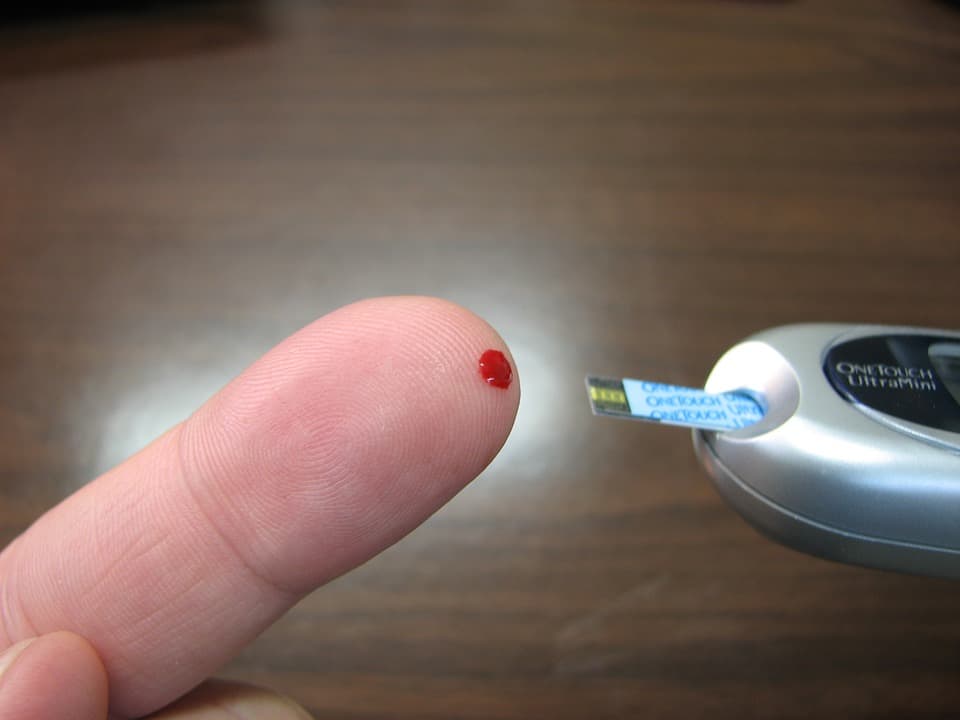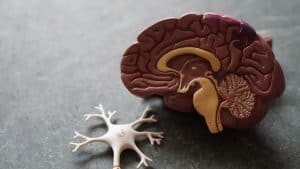
Study identifies five kinds of diabetes, potentially changing treatment
pharmafile | March 2, 2018 | News story | Medical Communications, Research and Development | biotech, diabetes, drugs, pharma, pharmaceutical
A decade-long study has unearthed findings that could entirely change how people living with diabetes are treated, after the classic distinction between type 1 and 2 diabetes was shown to need some revision.
Researchers from Lund University Diabetes Centre monitored 13,720 newly diagnosed patients, of between the ages 18 and 97, from 2008 onwards; along the way, certain measurements were taken, including insulin resistance, insulin secretion, blood sugar levels and age at onset of illness.
Through analysis, scientists were able to observe five distinct types of diabetes, which they grouped as follows:
- Group 1, SAID (severe autoimmune diabetes): essentially corresponds to type 1 diabetes and LADA (latent autoimmune diabetes in adults), and is characterised by onset at young age, poor metabolic control, impaired insulin production and the presence of GADA antibodies
- Group 2, SIDD (severe insulin-deficient diabetes): includes individuals with high HbA1C, impaired insulin secretion and moderate insulin resistance. Group 2 had the highest incidence of retinopathy
- Group 3, SIRD (severe insulin-resistant diabetes): is characterised by obesity and severe insulin resistance. Group 3 had the highest incidence of kidney damage – the secondary disease producing the highest costs to society
- Group 4, MOD (mild obesity-related diabetes): includes obese patients who fall ill at a relatively young age
- Group 5, MARD (mild age-related diabetes): is the largest group (about 40%) and consists of the most elderly patients
At present, people are currently only separated into type 1, which make up around 10% of those living with diabetes, and type 2, which makes up the further 90%.
Type 1 is classed into group 1 and type 2 is then broken down into four different categories.
Image: Lund University Diabetes Centre
“This is the first step towards personalised treatment of diabetes”, says Leif Groop, physician and professor of diabetes and endocrinology at Lund University in Sweden. “Current diagnostics and classification of diabetes are insufficient and unable to predict future complications or choice of treatment […] Today, diagnoses are performed by measuring blood sugar. A more accurate diagnosis can be made by also considering the factors accounted for in ANDIS (All New Diabetics In Skåne).”
As mentioned by Groop, the potential for the study to change guidelines for treatment in the future is huge, especially in Group 2, which is very similar to traditional type 1 diabetes and requires those living with this sub-type to receive insulin early after diagnosis for best management of their condition.
A drawback of the study was that the population groups were limited to Sweden and Finland, potentially leaving out various other forms of diabetes.
Prevalence of diabetes is known to differ geographically, indicating that there are gene mutations that could increase the likelihood of certain types of diabetes specific to certain regions.
Ben Hargreaves
Related Content

CHMP recommends Novo Nordisk’s Awiqli for diabetes treatment
Novo Nordisk has announced that the European Medicines Agency’s (EMA) Committee for Medicinal Products for …

Roche shares data on novel solution for continuous glucose monitoring
Roche has shared the latest data on its novel solution for continuous glucose monitoring (CGM), …

Novo Nordisk shares positive results from COMBINE 3 phase 3a trial
Novo Nordisk has shared topline results from the COMBINE 3 phase 3a trial of once-weeklly …









